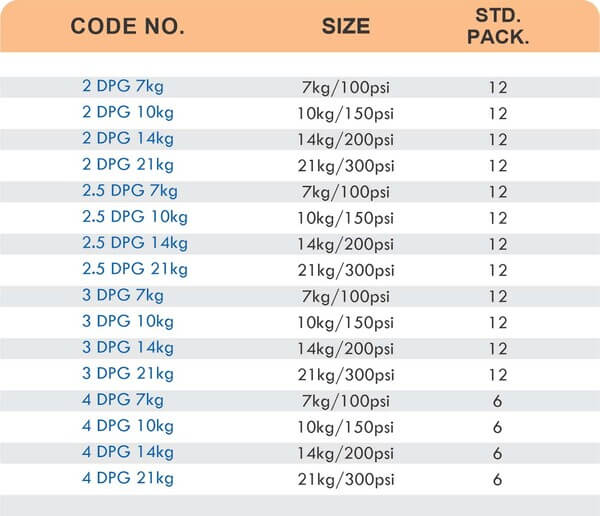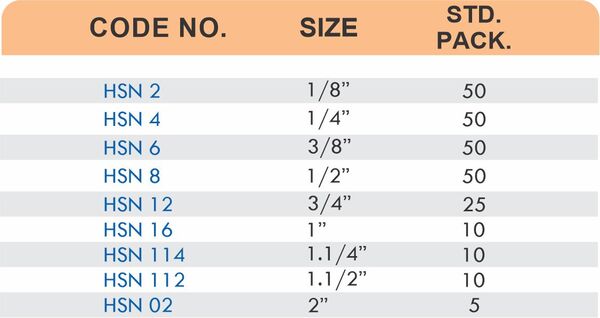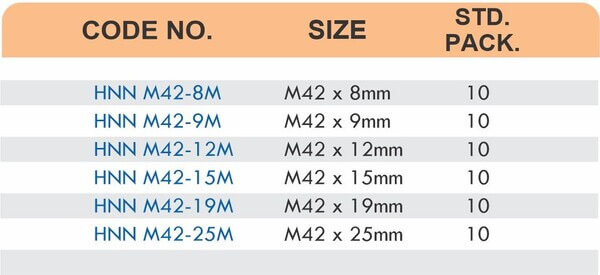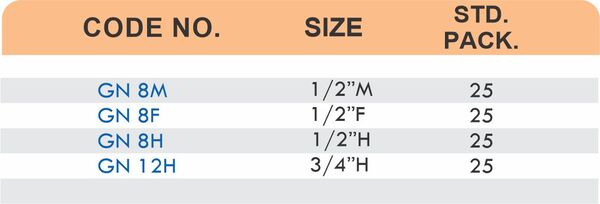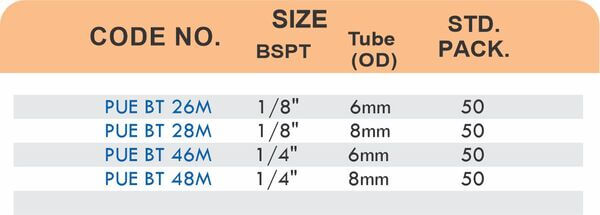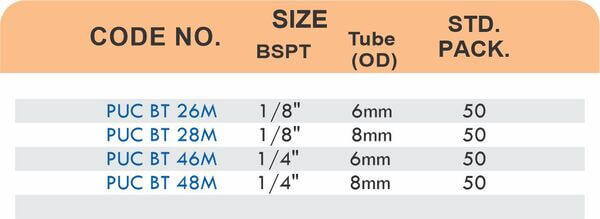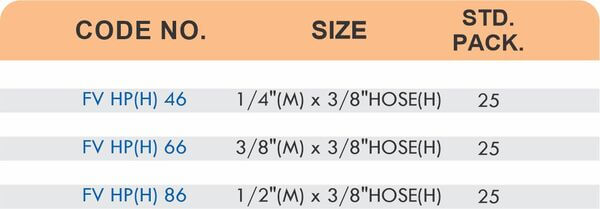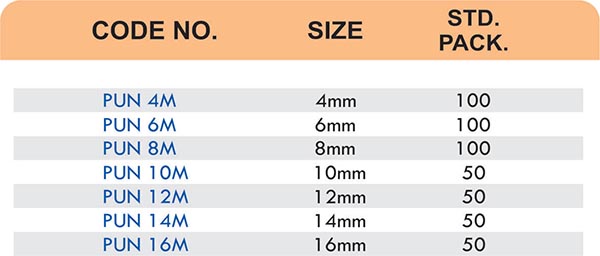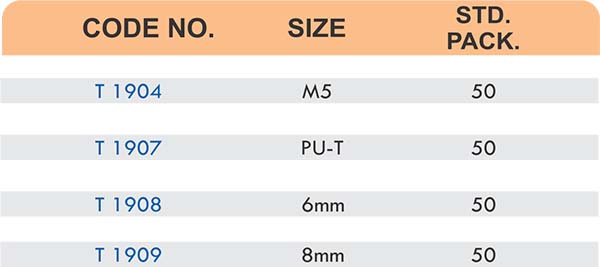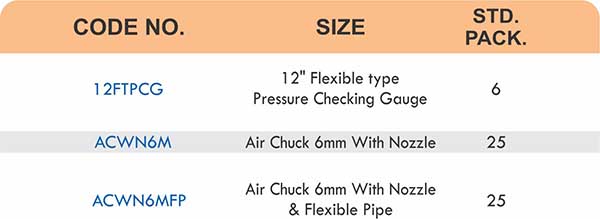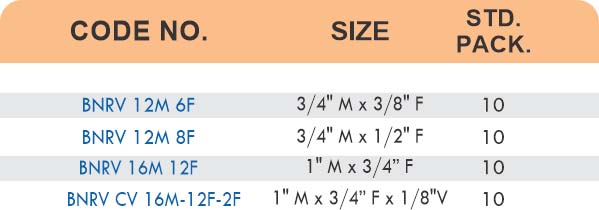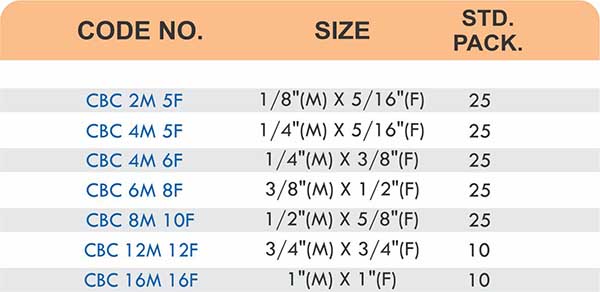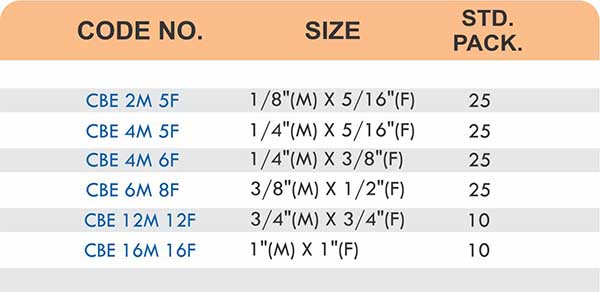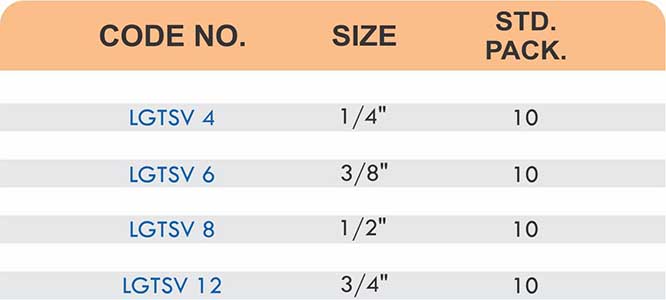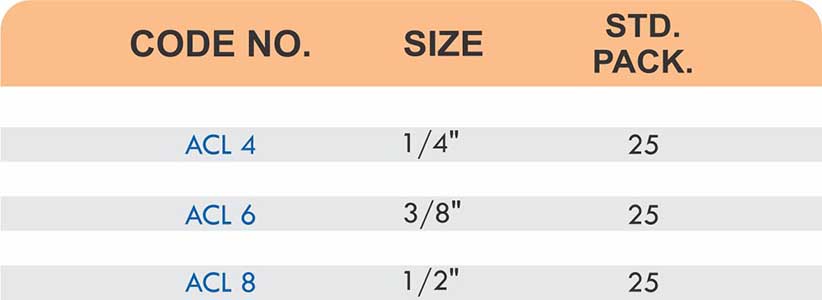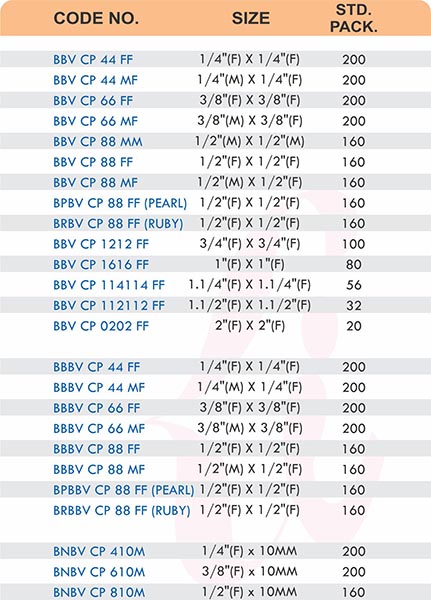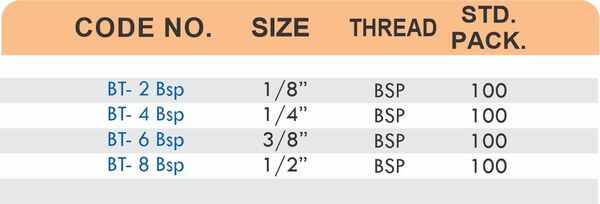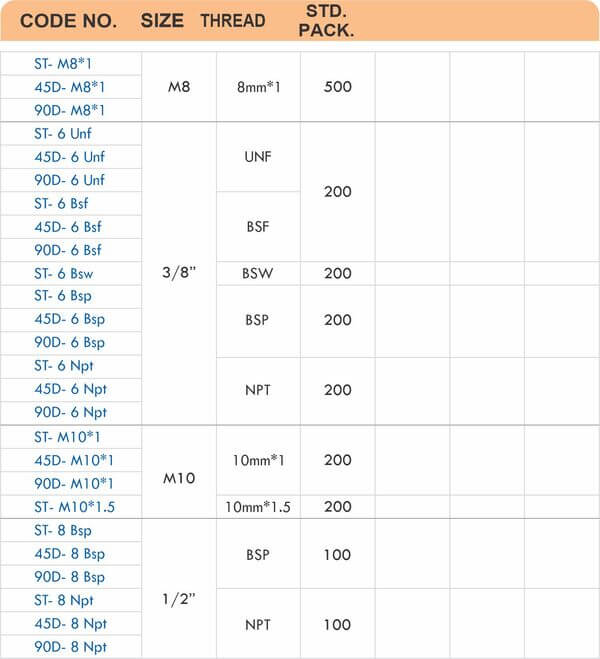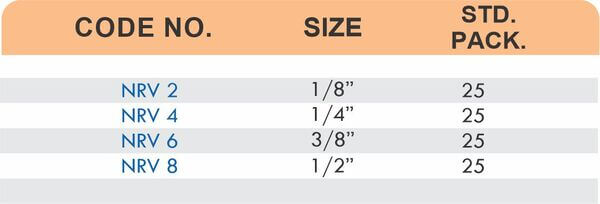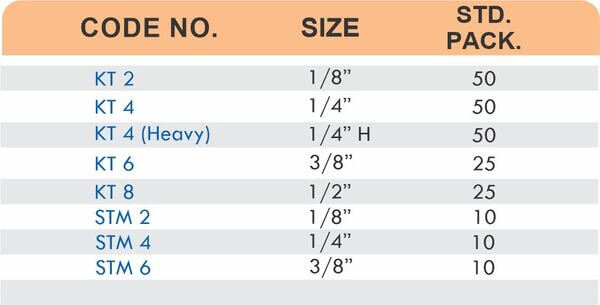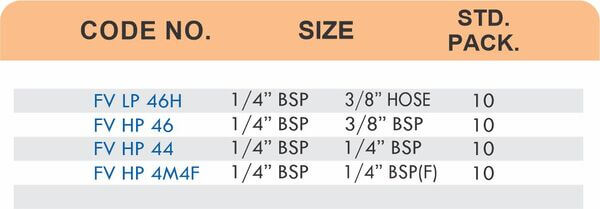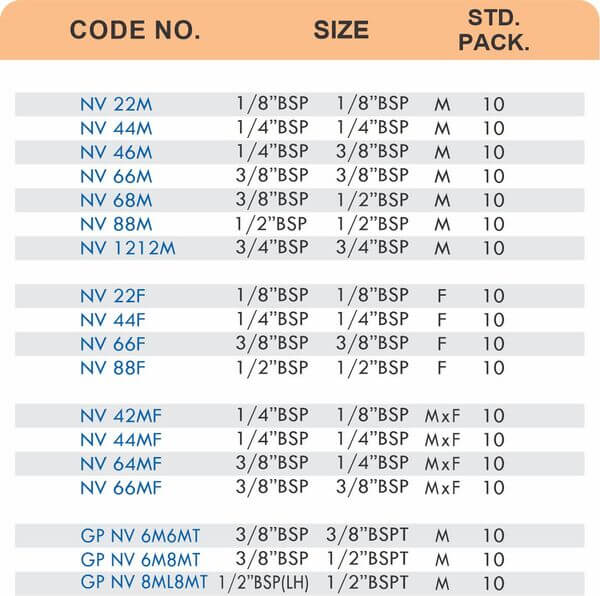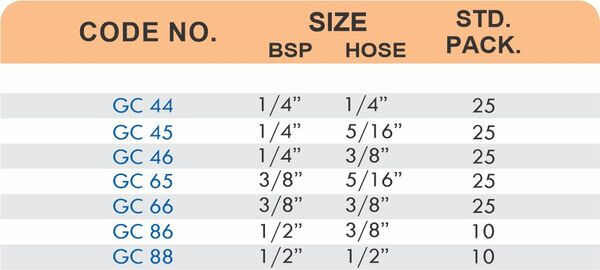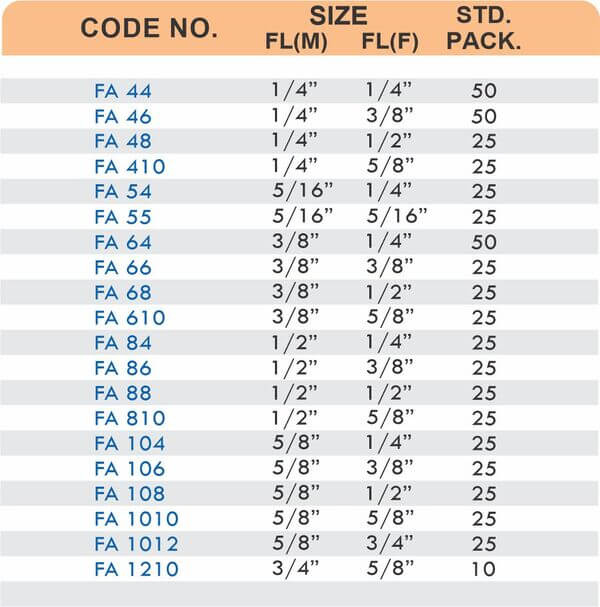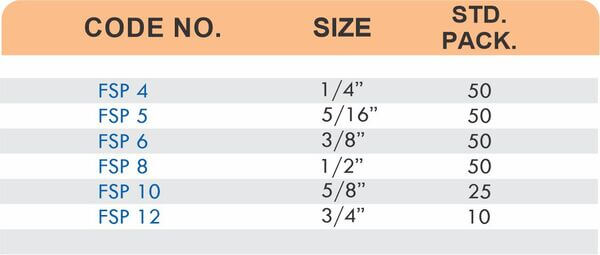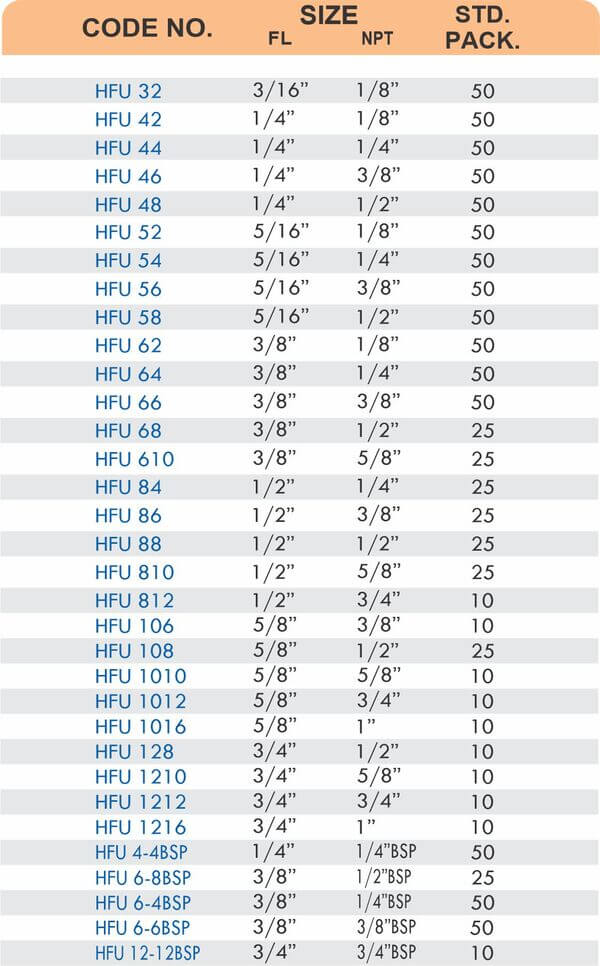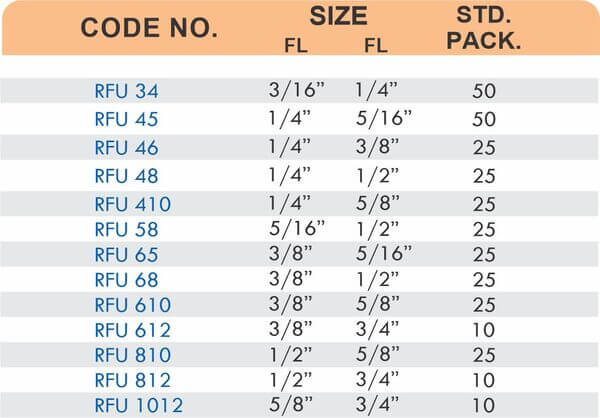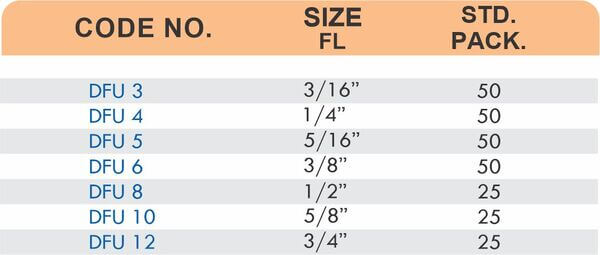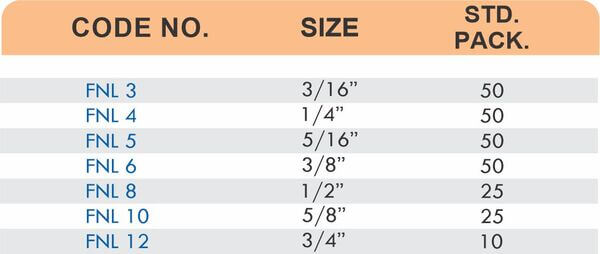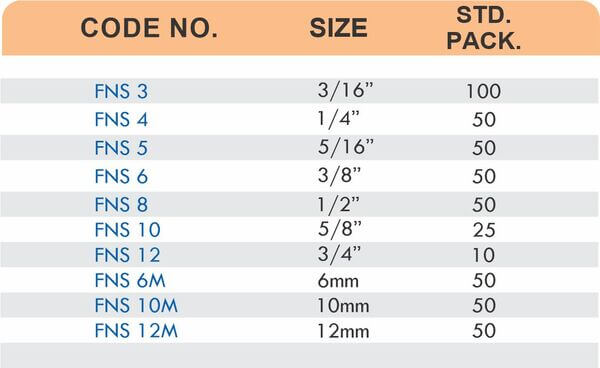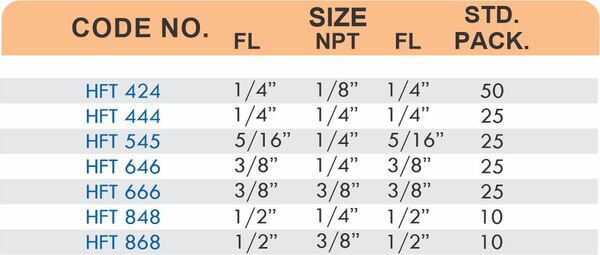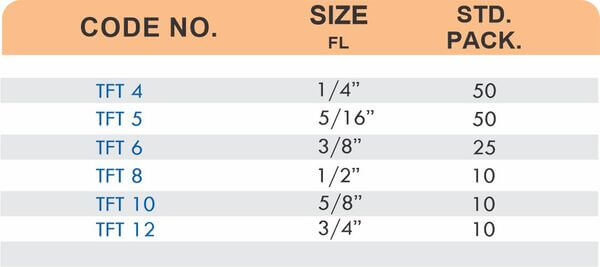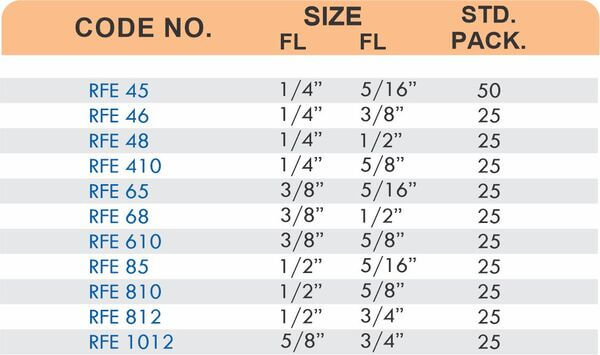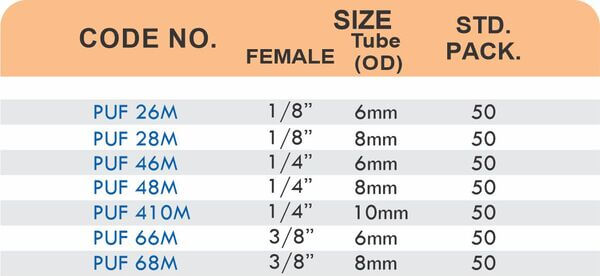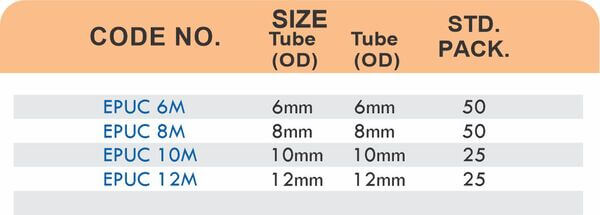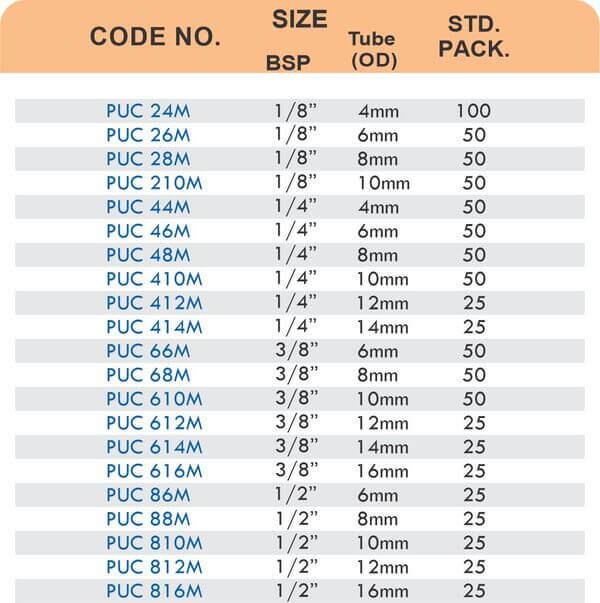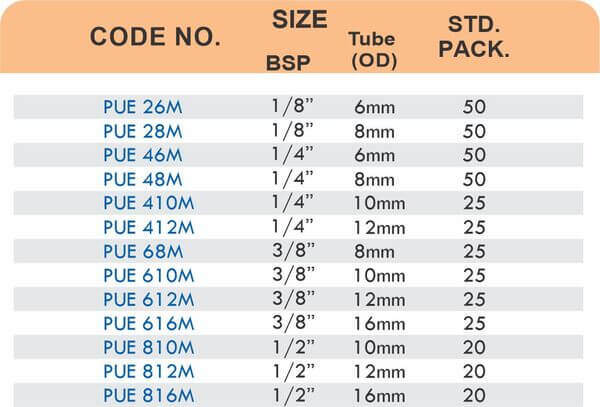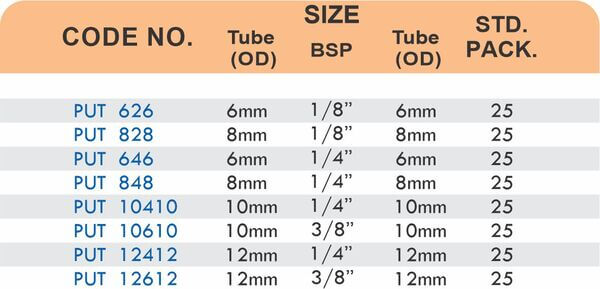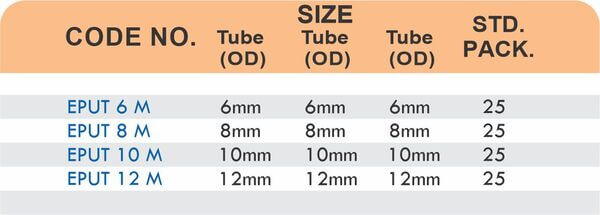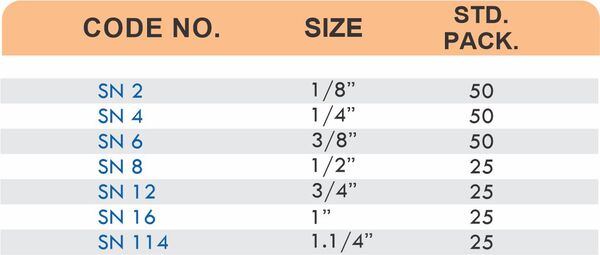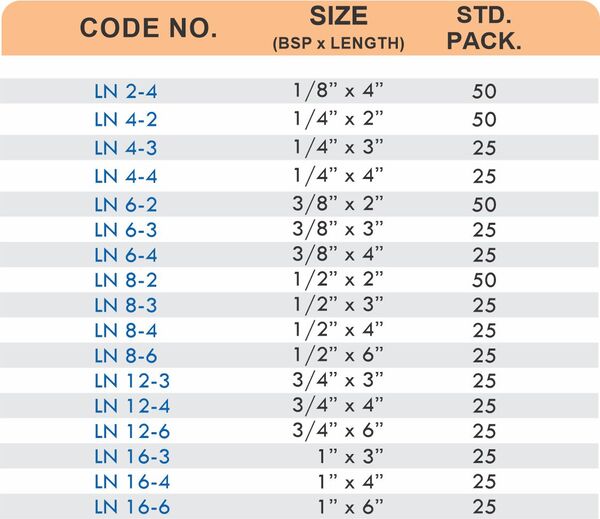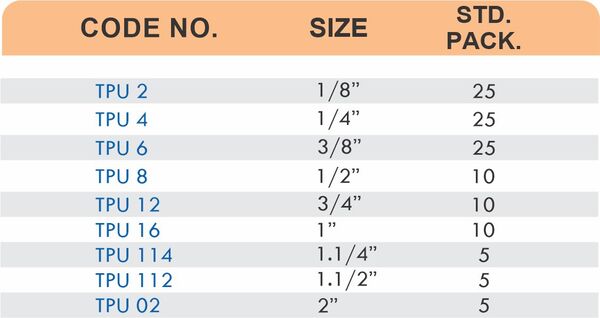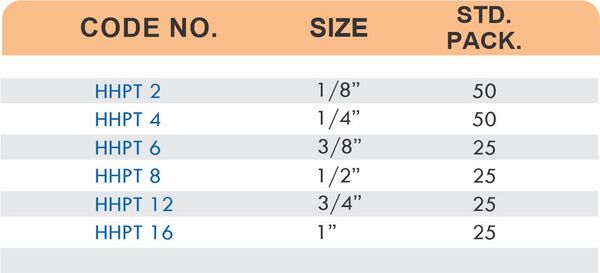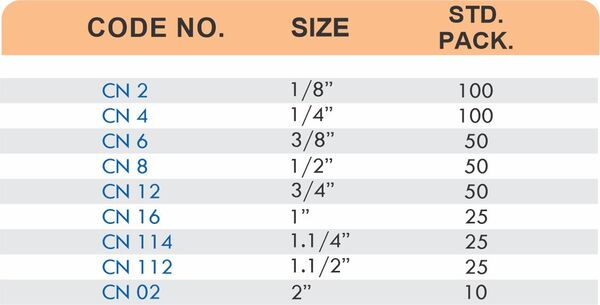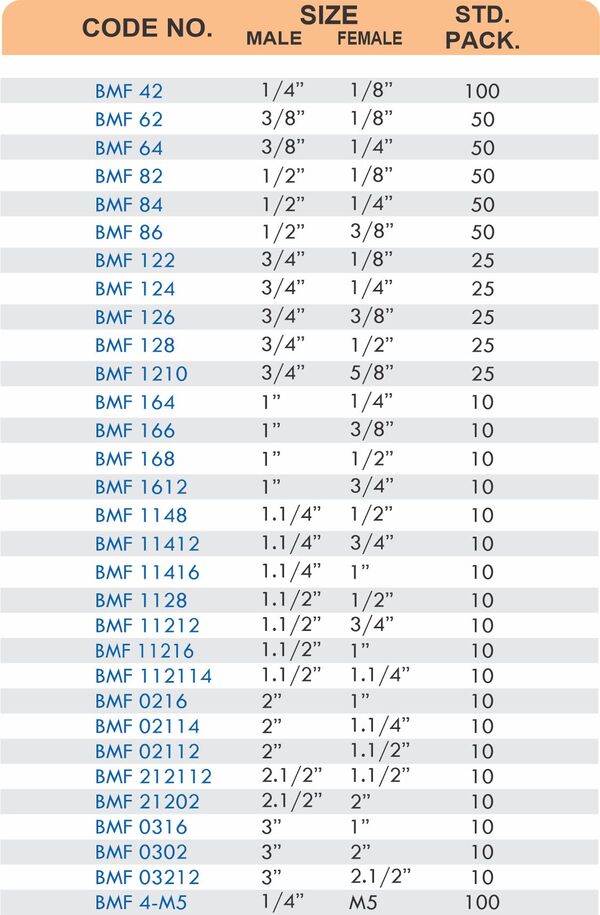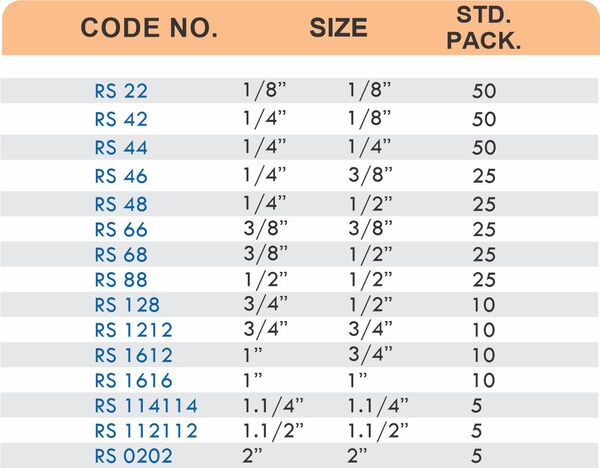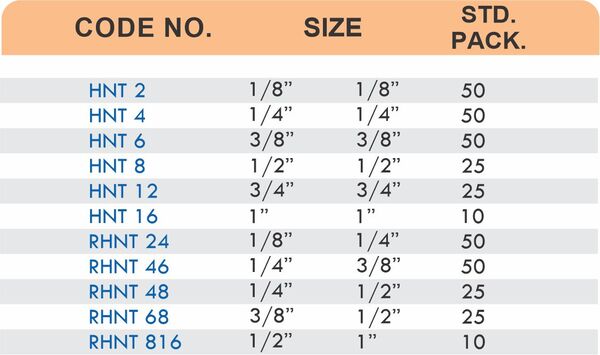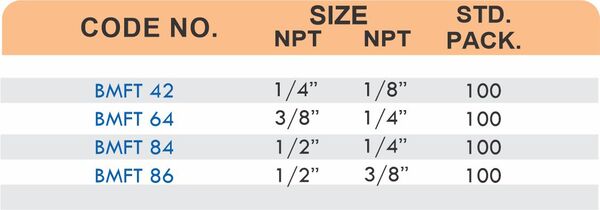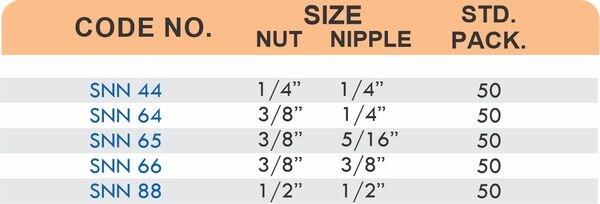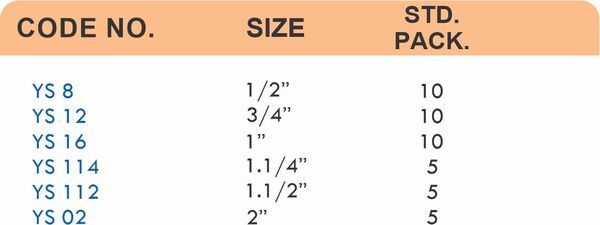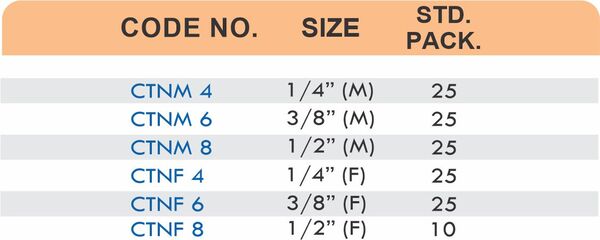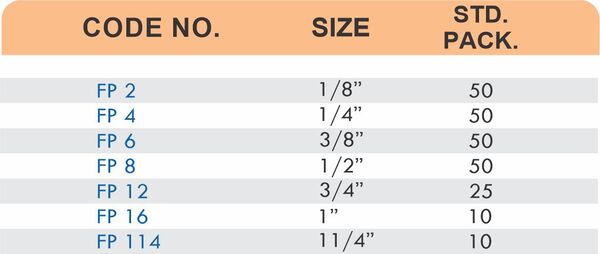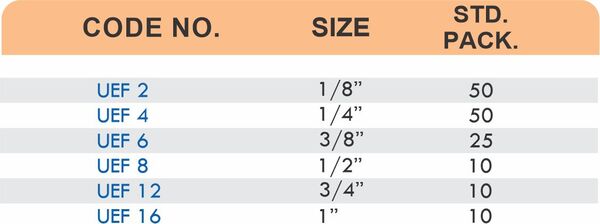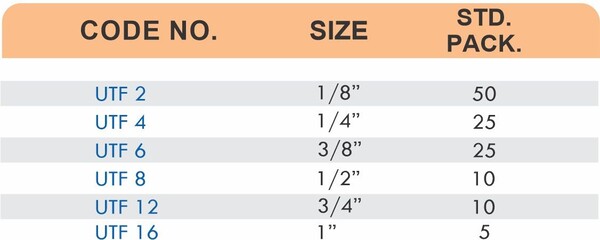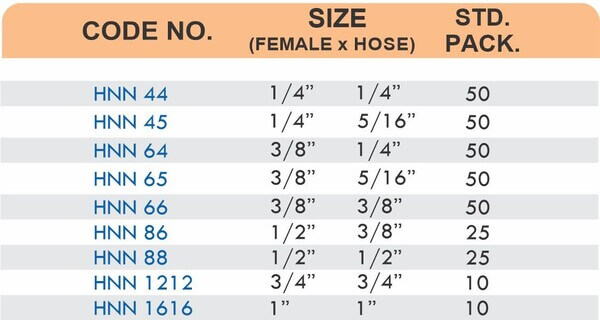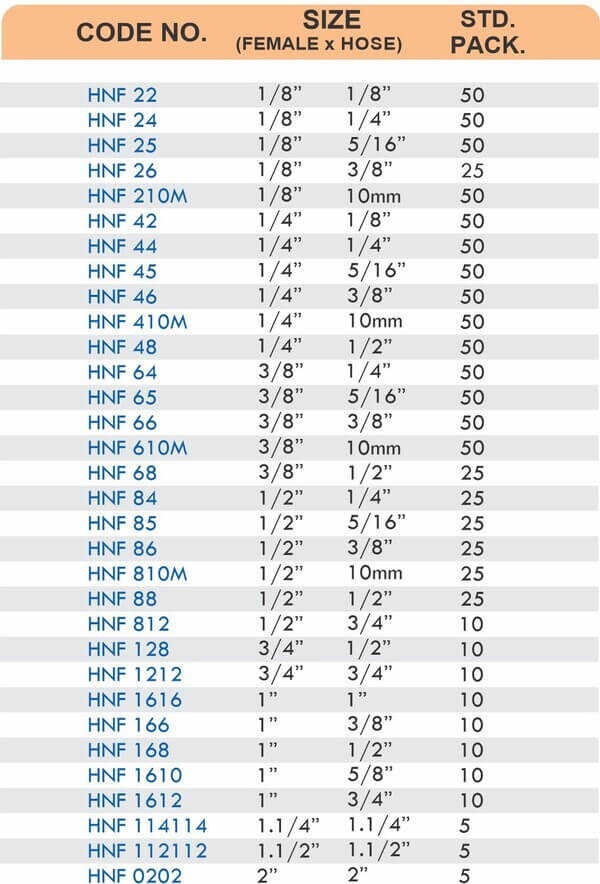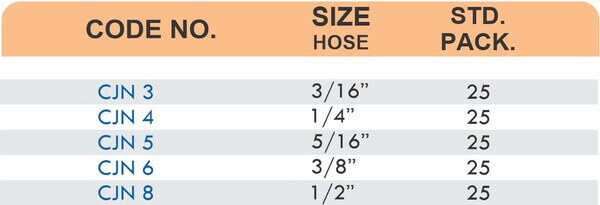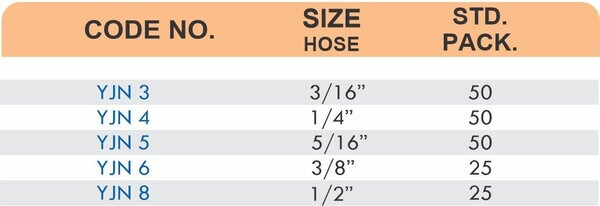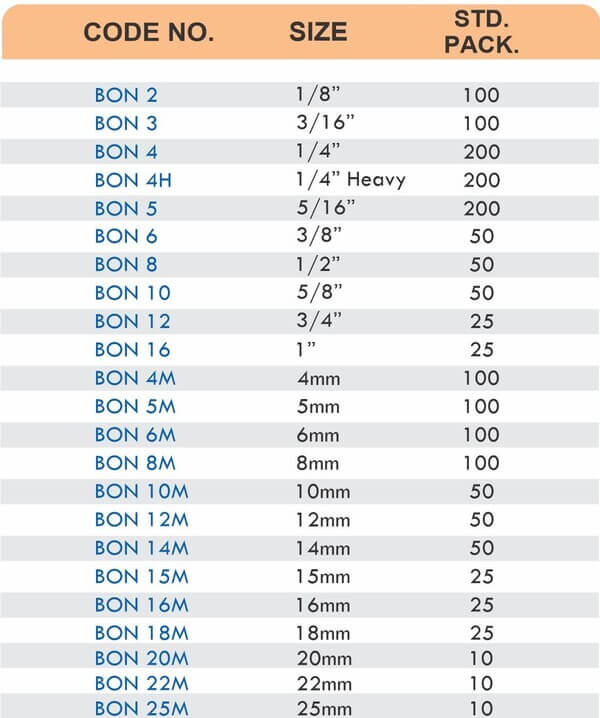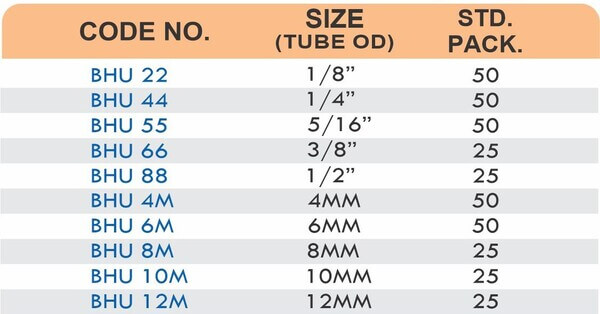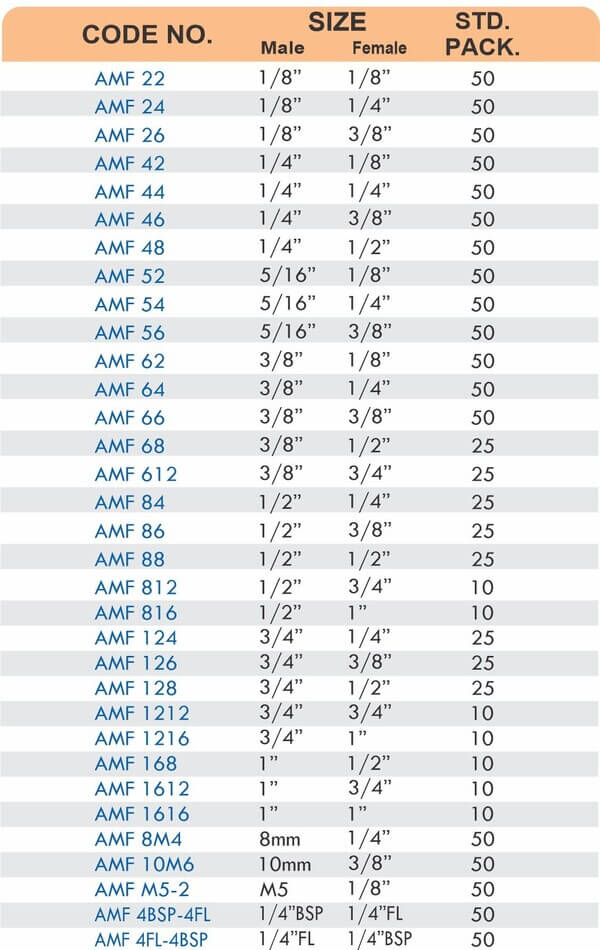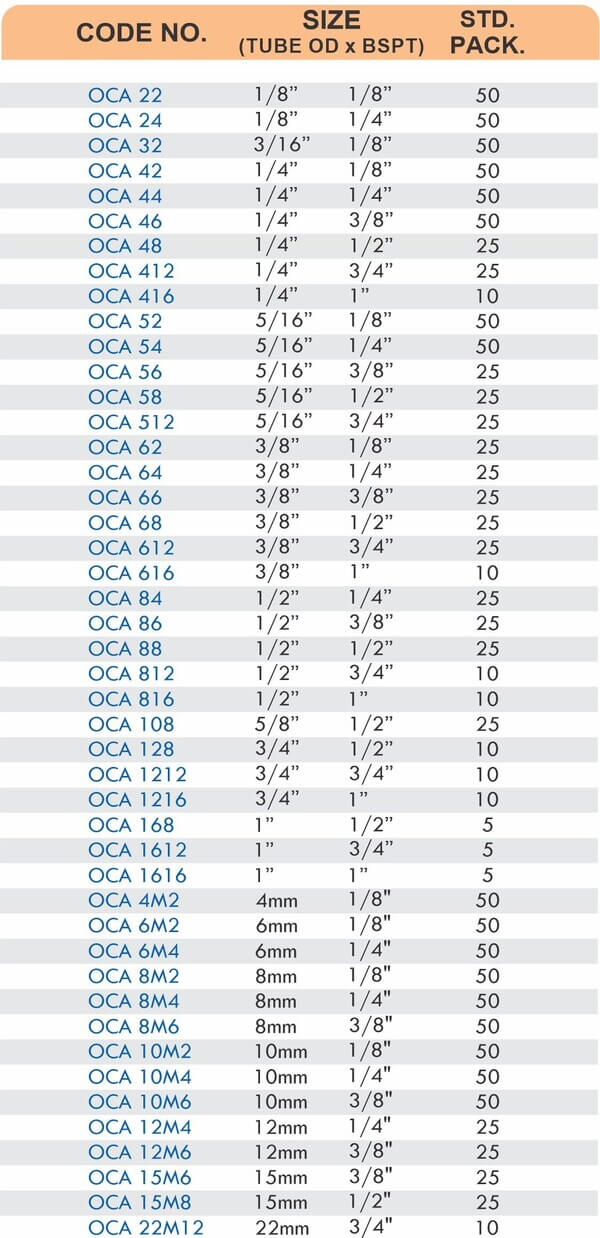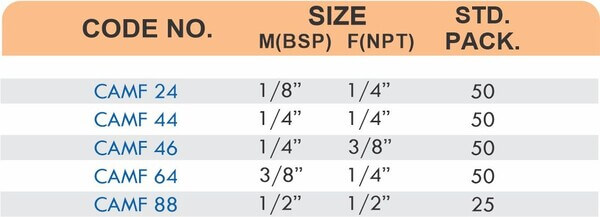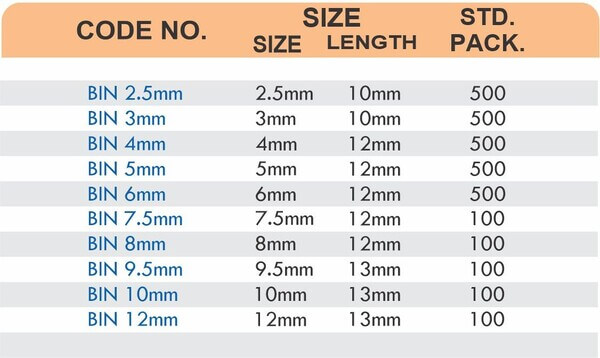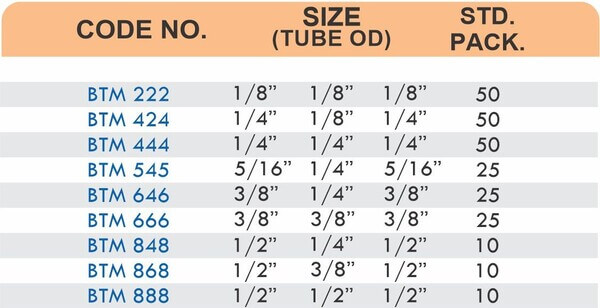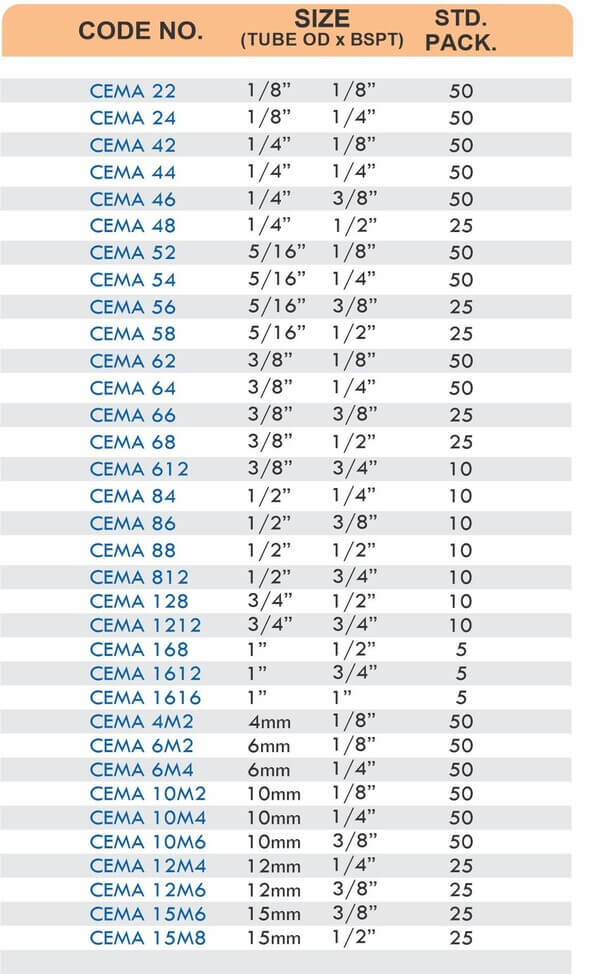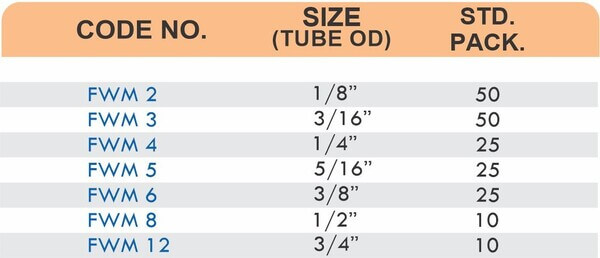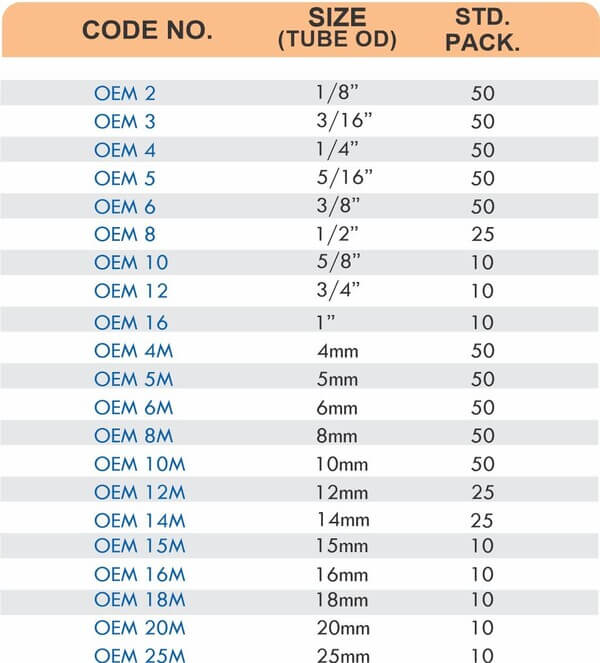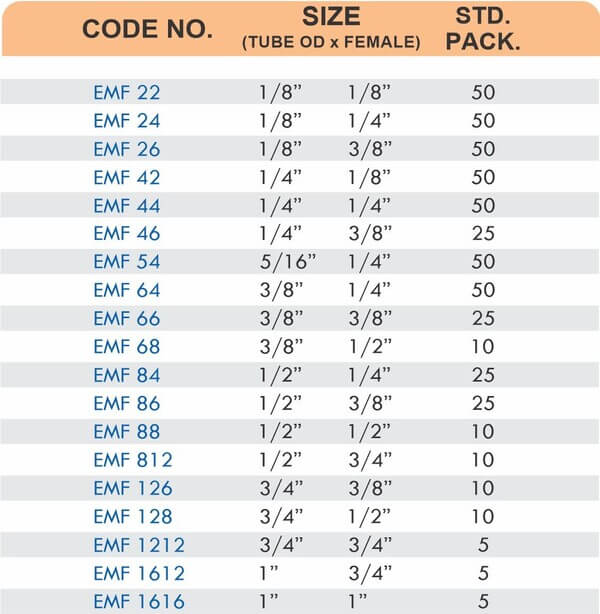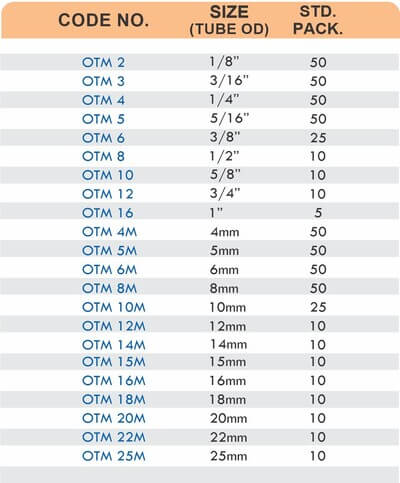
How to Measure Burst Pressure? Methods and Equipment
Burst pressure measurement is a critical safety and quality assurance process across many industrial sectors, including oil and gas, aerospace, automotive, packaging, and manufacturing. It determines the maximum internal pressure a component—such as pipes, valves, pressure vessels, or packaging materials—can withstand before failure or rupture occurs. Accurate knowledge of burst pressure helps engineers set safe operating limits, prevent catastrophic failures, comply with regulatory standards, and optimize product design and reliability. Given the potentially severe consequences of pressure-related failures—ranging from environmental hazards to financial losses—burst pressure testing is indispensable for ensuring operational safety and product integrity.
Fundamentals of Burst Pressure: Definitions and Key Concepts
Burst pressure is defined as the internal pressure at which a component ruptures or bursts. It represents the ultimate failure point beyond which the material or structure can no longer contain the pressure load.
Key concepts include:
- Working Pressure: The maximum pressure a component is designed to handle safely during normal operation.
- Test Pressure: A pressure higher than working pressure applied during testing (usually 1.5 to 2 times working pressure) to verify integrity.
- Safety Factor: A design margin that ensures working pressure remains well below burst pressure to prevent failure.
Two important formulas used in burst pressure calculations are:
- Barlow’s Equation: Estimates burst pressure based on material tensile strength, wall thickness, and diameter.
- Lamè’s Formula: A more comprehensive approach for thick-walled cylinders, accounting for stress distribution.
Temperature and environmental factors also influence burst pressure, as they affect material strength.
Overview of Burst Pressure Testing Methods
Burst pressure testing methods broadly fall into two categories:
- Hydrostatic Testing: Uses liquid (usually water) to apply pressure internally until failure.
- Pneumatic Testing: Uses compressed gases like air or nitrogen to pressurize the component until it bursts.
Each method has its advantages, limitations, and safety considerations, making the choice dependent on the component type, material, and application.
Hydrostatic Testing: Principles and Applications
Hydrostatic testing involves filling the test specimen with water and gradually increasing the internal pressure until the component bursts or reaches a predefined test pressure. Water’s incompressibility makes this method inherently safer because it stores less energy compared to gases, reducing the risk of explosive failure.
Applications:
- Widely used in testing pipes, pressure vessels, and hydraulic components.
- Preferred when testing components that can safely contain liquids.
- Common in industries like oil and gas, aerospace, and manufacturing.
Advantages:
- Safer due to incompressible medium.
- Provides accurate and uniform pressure application.
- Detects leaks and structural weaknesses effectively.
Equipment: Hydrostatic burst testers often include PLC/HMI control systems, pressure sensors, and safety enclosures to monitor and control the test process.
Pneumatic Testing: Techniques and Safety Considerations
Pneumatic testing uses compressed air or inert gases to pressurize components. It is suitable for parts that cannot be filled with liquids, such as moisture-sensitive or lightweight components.
Techniques:
- Pressure is increased steadily or in pulses until burst or test pressure is reached.
- Pressure and volume data are recorded to analyze failure modes.
Safety Considerations:
- Compressed gases store significant energy, posing explosion hazards upon rupture.
- Requires robust safety enclosures and strict procedural controls.
- ASME PCC-2 provides guidelines for safe pneumatic testing, including pressure limits (usually below 1.5 times MAWP) and test duration to avoid overstressing components.
Advantages:
- Faster testing cycle compared to hydrostatic methods.
- No liquid handling or disposal issues.
- Suitable for detecting small leaks.
Equipment Used in Burst Pressure Testing
Burst pressure testing equipment varies depending on the method and application but generally includes:
- Pressure Generation System: Hydraulic pumps for hydrostatic tests; compressors or gas cylinders for pneumatic tests.
- Test Chamber: Secure housing to contain the specimen and protect operators.
- Clamping Mechanism: Holds the specimen firmly to prevent leaks or movement.
- Pressure Sensors and Gauges: Provide real-time pressure readings with high accuracy.
- Control Systems: PLC/HMI interfaces to program test parameters, monitor progress, and record data.
- Safety Features: Armored glass panels, emergency shutoffs, and pressure relief valves.
Specialized testers like bursting strength testers for packaging materials use rubber diaphragms to apply uniform pressure on samples, often with digital displays and automated controls for repeatability.
Standards and Compliance in Burst Pressure Testing
Compliance with industry standards ensures consistency, safety, and regulatory acceptance. Key standards include:
- API (American Petroleum Institute): Guidelines for oilfield equipment burst testing.
- ASME Boiler and Pressure Vessel Code: Provides requirements for pressure vessel design and testing.
- ISO Standards: Cover burst testing procedures for various materials and products.
- ASTM Standards: Define test methods for packaging and material burst strength.
Adhering to these standards helps manufacturers demonstrate quality, meet legal requirements, and assure customers of product safety.
Data Interpretation and Analysis of Test Results
Analyzing burst pressure test data involves:
- Identifying Burst Pressure: The peak pressure at which rupture occurs.
- Pressure-Time Curves: Observing pressure increase patterns and failure modes.
- Leak Detection: Noting any pressure drops or anomalies before burst.
- Comparing to Design Limits: Ensuring burst pressure exceeds working and test pressures with appropriate safety margins.
- Statistical Analysis: For batch testing, evaluating consistency and material variability.
Proper interpretation guides design improvements, quality control, and risk assessment.
Common Challenges and Troubleshooting in Burst Pressure Testing
Challenges include:
- Specimen Preparation: Improper sealing or clamping can cause leaks or premature failure.
- Safety Risks: Particularly with pneumatic testing due to stored energy in compressed gases.
- Equipment Calibration: Inaccurate sensors lead to unreliable results.
- Material Variability: Inconsistent material properties may cause unexpected failures.
- Environmental Influences: Temperature fluctuations affecting material strength.
Troubleshooting involves verifying equipment calibration, improving specimen mounting, enhancing safety protocols, and conducting repeat tests to confirm results.
Innovations and Emerging Technologies in Burst Pressure Measurement
Recent advances include:
- Automated Burst Testing Systems: PLC-controlled units with recipe storage and data logging for repeatability.
- Non-destructive Monitoring: Sensors that detect micro-cracks or deformation before burst.
- Smart Materials: Development of components with built-in pressure sensors for real-time monitoring.
- Simulation Software: Predicts burst pressure using finite element analysis, reducing physical testing needs.
- Advanced Safety Features: Enhanced enclosures and remote operation to protect operators during pneumatic tests.
These innovations improve accuracy, safety, and efficiency in burst pressure testing.
Conclusion: Enhancing Product Safety and Reliability through Accurate Burst Pressure Testing
Burst pressure measurement is a fundamental process that underpins the safety, reliability, and compliance of pressure-containing components across industries. By understanding the principles, selecting appropriate testing methods, utilizing advanced equipment, and adhering to standards, manufacturers and operators can confidently ensure their products withstand extreme conditions without failure. Continuous innovation and rigorous testing protocols not only prevent catastrophic incidents but also optimize design and operational efficiency, safeguarding people, the environment, and assets.


